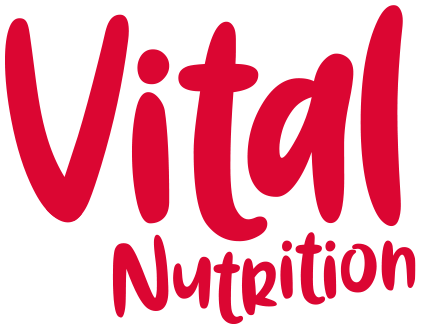Intermittent Fasting – a simple how-to guide
Intermittent fasting is hot news. It is a diet that is more about when you eat, rather than what you eat. The idea is that you eat within a certain time frame each day, usually somewhere between 8-12 hours, and fast for at least 12 hours overnight.
Research shows that intermittent fasting has benefits for our waistline, heart, brain and hormones. It can help balance inflammatory markers, has a positive impact on cholesterol and may help support a healthy insulin response. It could even help you to live longer!
Fancy giving it a go?
There are lots of different ways to weave intermittent fasting into your lifestyle. Time restricted eating is one of the most popular ways of intermittent fasting. This means having an extended overnight fast (usually somewhere between 12-16 hours) and eating all your food within a set time zone each day.
Some of the most popular intermittent fasting techniques are:
14:10 – fast for 16 hours and eat within a 10 hour window (e.g. 10am to 8pm)
16:8 – fast for 16 hours and eat within an 8 hour window (e.g. 11am to 7pm)
5:2 – eating a lower calorie diet 2 days a week
Intermittent fasting is not safe for anyone who is pregnant, has a history of eating disorders, or who lives with type 1 diabetes. If you have a medical condition, always talk to your GP before making changes to your diet.
Most people will benefit from some form of intermittent fasting, when it is done in the right way. This does not mean putting your body under stress, or pushing things to the extreme. Extended fasting periods can be dangerous, so take things easy. The benefits of intermittent fasting come from alternating periods of eating and fasting, not starving yourself.
Slow and steady is the best way to start. If you are new to intermittent fasting, here is what I would recommend:
Start with a 12 hour fast and see how you feel. This is very easy for most people and you might find that you already eat this way.
Once you are happy with the 12 hour window, nudge it to a 13 or 14 hour fast. This can mean that your breakfast is a little later, or you finish eating earlier in the evening. You will be eating within a 10-hour window, so you might wait until 9am to have breakfast and finish eating for the day by 7pm.
Keep your mealtimes regular. Aim to eat every 4-5 hours. Making sure you have a well-balanced meal, with a palm sized portion of protein, plenty of fibre and some healthy fats will help you to feel satiated and keep you sustained.
Nourish your body. Pack your diet full of healthy stuff. You should be eating a really good variety of healthy, unprocessed foods. Intermittent fasting is not an excuse to fill your diet with junk food.
Keep well hydrated. Fasting does not mean dehydrating! Drink water and herbal teas to keep well hydrated. Other drinks containing sugar or milk will counteract the effects of your fast.
Listen to your body. Some days you will feel better extending the eating window a little. How we sleep, what we have eaten the day before, our hormones, stress levels and mood can all affect our appetite and energy. Don’t be rigid about your fasting. Notice how it feels. If it makes you feel good, keep it going. Most of us do not need to fast for longer than about 14 hours a day to get the benefits for this way of eating. That makes it easy to fit into most people’s lifestyles.
If you feel light-headed, dizzy, get headaches or feel bad in any way, stop!

